The mission of the courses taught at Apnea Academy is to provide the necessary support to all people who are interested in discovering the wonderful world of free diving.Our main objective is to bring all those who wish to the aquatic environment, helping them to develop in this environment.
Freediving
A bit of history of FREEDIVING in Spain.
Since 1998, Paco González joins several friends and creates the AIDA Spain Foundation, a new era begins in Spanish territory.The following year Paco González, is trained as the first instructor and gives the first Apnea course in the Miraflores pool in the city of Santa Cruz de La Palma, in the Canary Islands, a course in which 28 people from all over Spain attend. After this, from the year 98 to the year 2003, this instructor will be the one who, through almost all the provinces of Spain, develops all the knowledge that his teacher, Umberto Pellizari, had taught him on the Island of Sardinia, with whom he shared more than two months training, learning mental and physical techniques at sea and in the pool.
Currently in Spain there are numerous Apnea Academy monitors over 50, which have been formed by Umberto Pellizari and the Apnea Academy headquarters for all of Western Europe has mounted in the best place in Europe, to enjoy the sea, as not in Costa Adeje and in particular La Caleta, in Tenerife, meeting place for all friends.
Other associations operate in the rest of the national territory, all of which collaborate together, and which try to instill in the people the values of the body and the aquatic environment can be felt through breathing techniques and relaxation much more important than physical training.
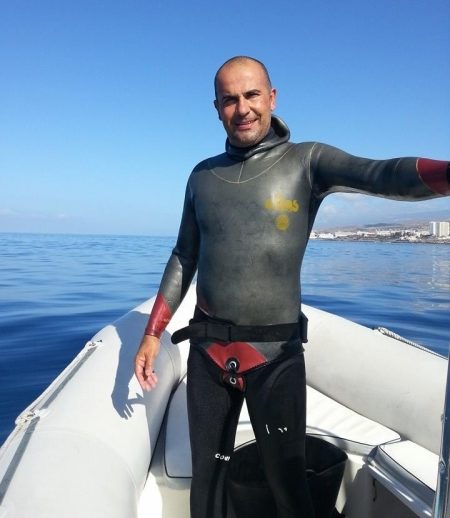
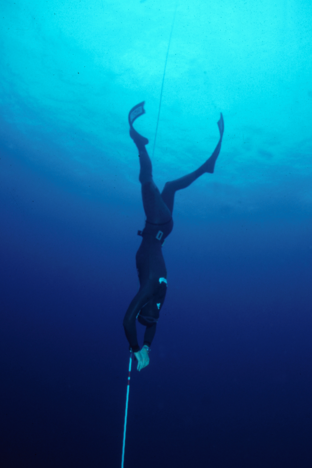
Discover the different disciplines of freediving
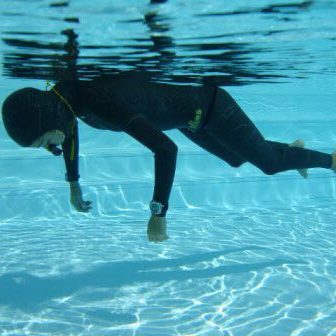
STATIC FREEDIVING
Static apnea consists in measuring the time that the participant can stay underwater having inhaled normal air.
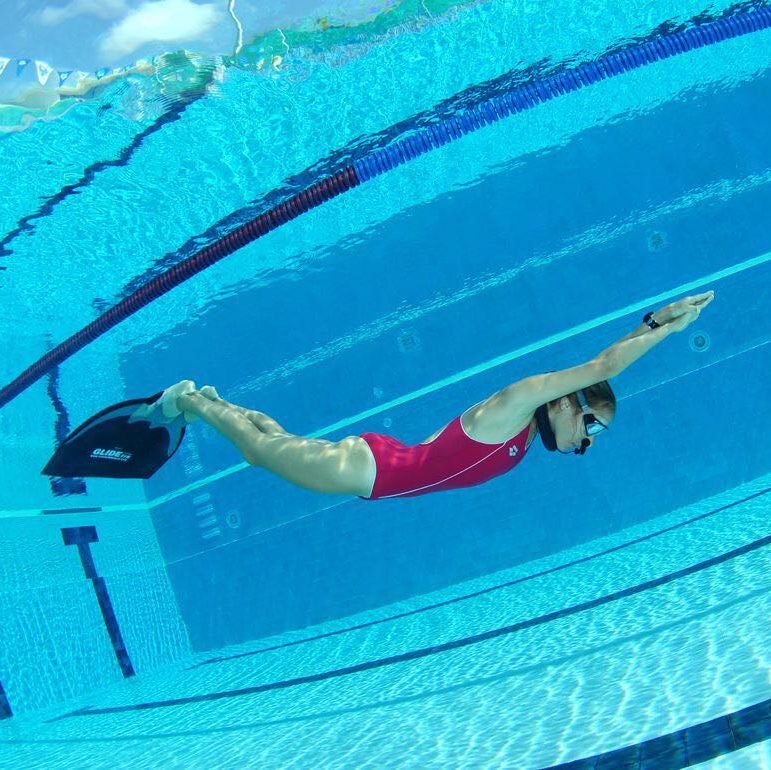
DYNAMIC FREEDIVING
In this category the maximum distance that can be traveled underwater is measured. The test is carried out with two fins or with mono-fin, the latter being the most used in recent years, thanks to the progress in its control and handling techniques, which allow the freediver to have more progress with less energy expenditure
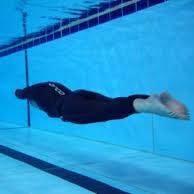
DYNAMIC WITHOUT FINNS
This modality of great difficulty, is done as the previous one, but as the name indicates that the freediver only advances through coordinated movements of arms and legs. It requires great preparation and technique.

FREE IMMERSION
It consists of making the descent without fins, propelling by means of a rope to descend and ascend. It is a well known modality.
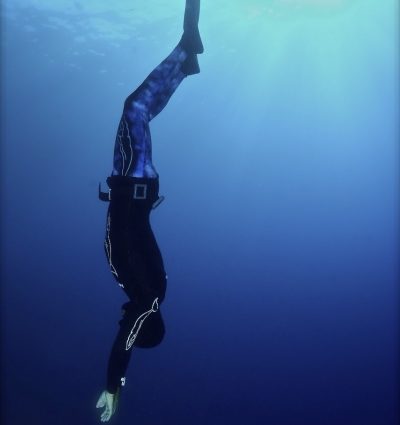
CONSTANT WEIGHT
It consists of reaching the maximum possible depth with the only motor support of the fins and with a fixed ballast. That is, you must climb with the same weight with which the immersion began. Because of this, athletes often use very little ballast, which greatly hinders the descent, especially during the first meters. In this category we must bear in mind the depth and its multiple consequences, which represent a great increase in difficulty. Used wetsuits have a high buoyancy, since this material is basically rubber with air tight cells. The pressure increase is very fast (at 10 meters it passes from 1 to 2 atmospheres and from there 1 more atmosphere for every 10 meters), so that at a certain depth the air of the cells is compressed, losing its positive buoyancy , as well as with the air and other gases that contain the lungs and other internal cavities. In summary, during the first twenty meters a huge amount of air is spent to get down, as well as ascending to an acceptable buoyancy. For this and other reasons, constant weight is considered the most competitive and difficult modality. The immersion is usually carried out following the path of a tense cable at the end of which is a small metal plate indicating the depth.
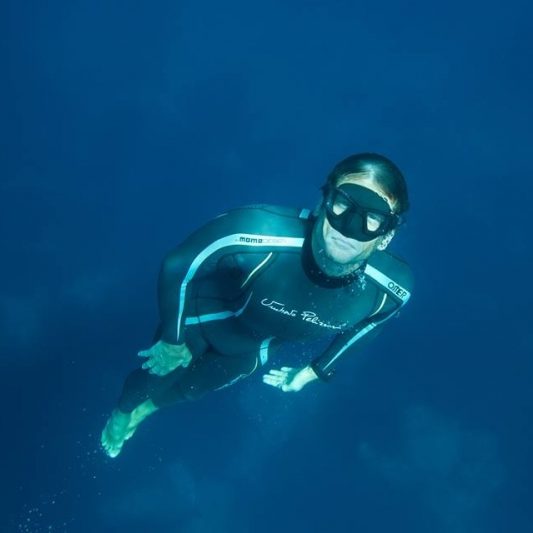
CONSTANT WEIGHT WITHOUT FINNS
Without doubt the most difficult and technical of all the modalities that are practiced in freediving. Incredible depths are reached and the freediver only uses to lower and raise his arms and legs, having to have a perfect coordination between movements and compensation when lowering, and also a great concentration in ascent and descent to achieve his marks.Few practice it but it is the most elegant and difficult.
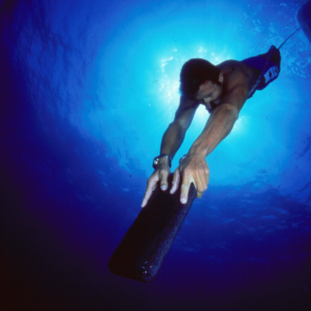
VARIABLE WEIGHT
In this mode it is possible to descend with a different weight than the ascent. It is possible to leave a total of thirty kilos in the background, to achieve a faster descent and an easier rise to the surface, although always with the sole help of the fins. Here the adaptation to the environment and the depth, which is the main problem to beat, becomes especially important.
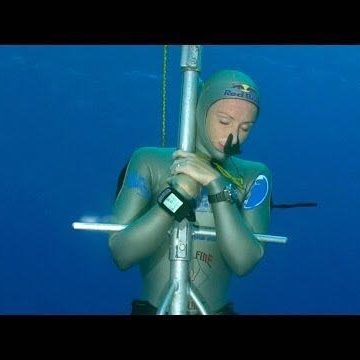
NO LIMITS
This is undoubtedly the most spectacular, dangerous and controversial of the modalities. The name itself explains the rules to follow: without limits, everything goes as long as it reaches maximum depth in a single inspiration of normal air. The freediver can lower with the amount of weight he wants and climb free of such weight. In addition inflatable balloons are allowed to climb at high speed. The ballast is usually in the form of a heavy metal bar in which athletes can easily hold and down a cable that reaches great depths. Simply remove the brake to begin the descent, and once down, they inflate large balloons that rise quickly by giving off air with the deepeners clinging to them. The speed limit in the ascent and descent is only marked by the apneist’s own physiology, and by the decompression that must be done every few meters so that the eardrums are not broken. This modality, due to the great depths in which one works, entails large doses of relaxation and good compensation technique.

